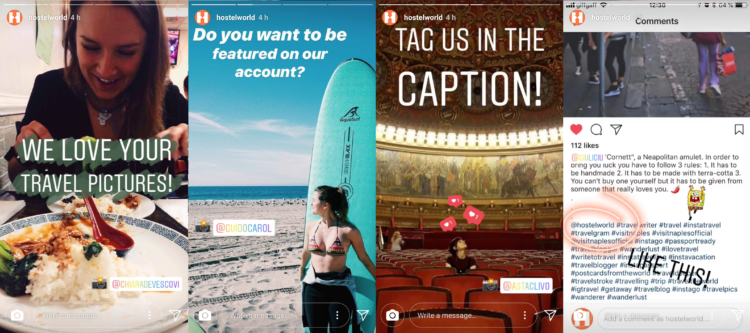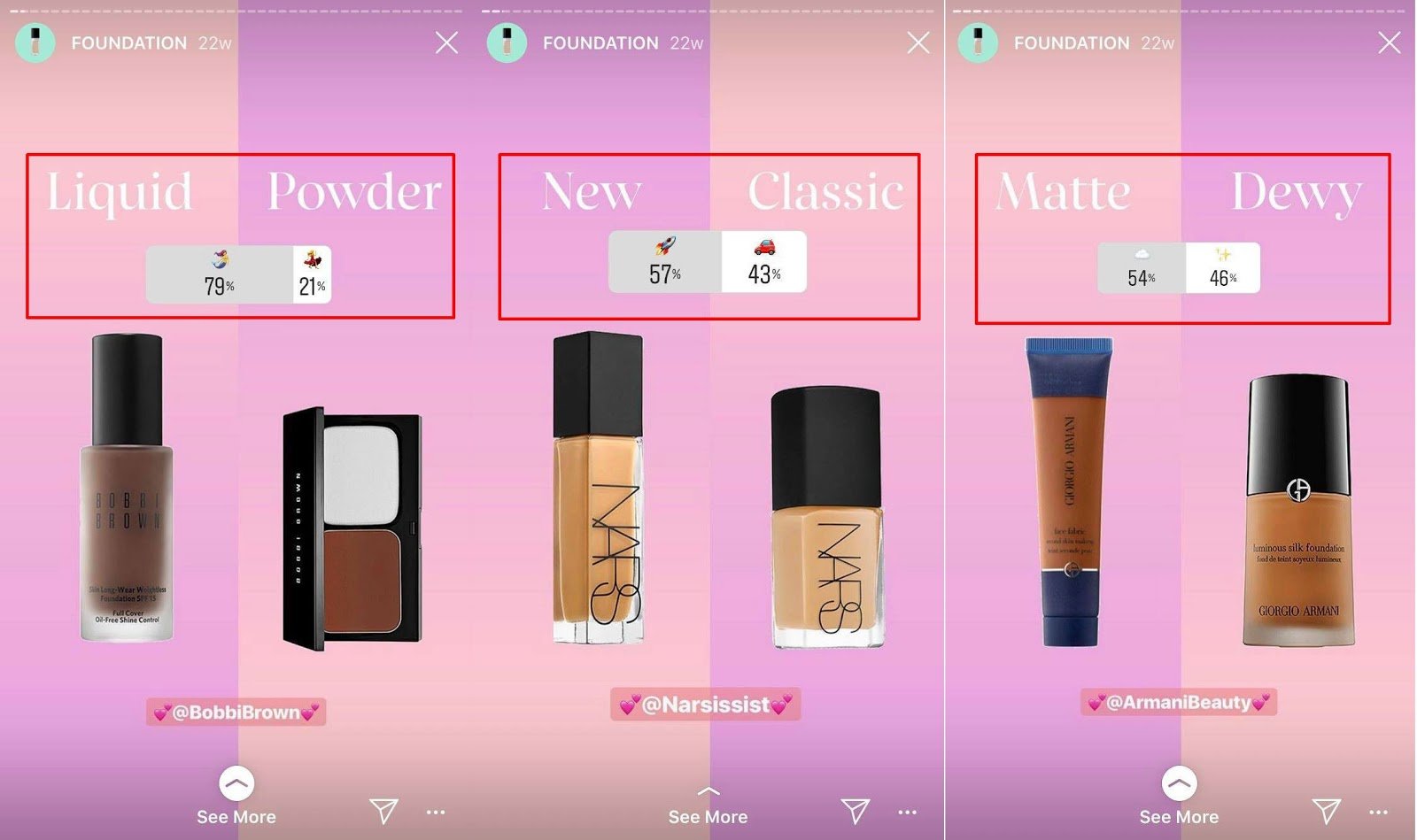With the growing influence of social media, it has become important for organizations to measure their performance across diverse social channels. For this companies need to first identify the metrics that matter the most and the most effective ways to measure the same. Given below are 19 such metrics that matter the most and ways to track them.
Follower Growth Rate
A consistent increase in the number of followers is indicative of the growing popularity of the brand, especially if the rate of increase in greater than that for brand competitors.
Impressions Or Views
The number of times social media content is viewed by users is the most fundamental metric that brands should measure to cross-reference it with other key metrics. Look at how McDonald’s India garners massive impressions:

Engagement Level
Measuring the number of clicks, comments, and shares for a post provides an accurate measurement of the engagement level and also indicates its value for target audiences.
Click-Through Rate
Social media marketing companies stress upon measuring click-through rates by dividing the total number of clicks received by post by the number of impressions it receives to understand its relevance.
Click-Through Volume
A measure of the click-through volume i.e. the actual number of users clicking the post can help brands understand the likes and preferences of their audiences for better engagement.
Bounce Rate
Bounce rate enables businesses to measure their social media traffic and their ROI as compared to other sources of traffic, with the help of Google Analytics.
Actual Website Visits
The number of users actually visiting the website through social media content is indicative of the fact that the target audiences of a brand find its social content interesting and engaging.

Virality Rate
Virality rate provides a measure of the number of times a post is shared as compared to the total number of impressions it receives and indicates its actual popularity.
Leads Generated
The actual number of leads generated through social media content is an important metric to identify the social platform responsible for driving sales.
Unique Visitors
By tracking the number of unique visitors received by a social media post, businesses can gain a better understanding of the reach of their content.
Mentions
Even though social media mentions are often dismissed as trivial, this is an important metric to measure, simply because it ensures a better understanding of other metrics. Have a look at how Hostel World works this metric to their advantage:

Cost Per Click
Measuring the cost-per-click for sponsored content using the Ad Manager feature of the social media platforms helps businesses to assess the efficiency of their investment.
Frequency
Measuring frequency enables the professionals offering social media marketing services to drive optimization and assess the need to creatively refresh the content.
Hashtag Usage
Measuring hashtag usage across social media platforms with the help of a social listening tool enables brands to tap into engagement potential beyond their page.
Video Completion Rate
With video content being given greater preference by all social media algorithms, measuring the percentage of people watching complete videos can help drive engagement.
Customer Feedback
A measure of customer feedback can help businesses gain a better understanding of the level of satisfaction and the trust and credibility enjoyed by the brands. Stories, AMAs, Insta Stories, DMs, and comments are crucial sources of attaining customer feedback. Polls can be used to garner customer consensus too:

Conversions
Measuring the amount of social activity that is actually required for effective conversions enables marketing professionals to assess the effectiveness of their social content and the ways to improve the same.
Demographic Data
The demographic data is measured to learn about the people actually viewing a social media post and helps businesses calculate their penetration rate across various geographies.
Engagement To Reach Ratio
Measuring the engagement rate in comparison with the reach ratio for a social media post can help businesses determine the type of content that their users find most engaging and interesting and get better growth results.
















